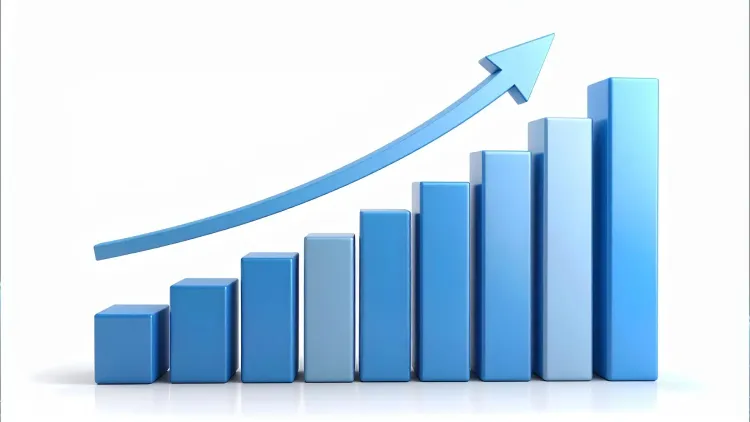Is India's Manufacturing Growth Accelerating in October Thanks to Domestic Demand?

Synopsis
Key Takeaways
- Manufacturing PMI rose to 59.2 in October.
- Domestic demand is driving sector growth.
- GST reforms are positively impacting productivity.
- Job creation continues for the twentieth month.
- Companies are optimistic about future growth prospects.
New Delhi, Nov 3 (NationPress) The growth of India’s manufacturing sector experienced a significant uptick in October, primarily driven by strong domestic demand, GST 2.0 reforms, productivity improvements, and enhanced technology investments, according to a report issued on Monday.
The HSBC India Manufacturing Purchasing Managers' Index (PMI) climbed to 59.2 in October, up from 57.7 in September, based on data collected by the US-based financial intelligence firm S&P Global.
This increase was attributed to a faster rise in new orders and factory output at the start of the third financial quarter, spurred by an uptick in advertising and recent GST reforms, the report elaborated.
The rate of expansion matched levels recorded in August, which represented one of the strongest performances in the past five years.
A PMI reading above 50 signals economic growth, whereas a figure below 50 indicates contraction in manufacturing, services, or construction sectors. A value of exactly 50 denotes stagnant activity.
The rise in manufacturing PMI is attributed to robust end-demand, which fueled expansions in output, new orders, and job creation, stated Pranjul Bhandari, chief economist for India at HSBC.
In October, input prices saw a decrease, while average selling prices rose as some manufacturers transferred additional cost burdens to consumers, Bhandari added.
Despite input cost inflation dropping to an eight-month low, the inflation in output charges remained at its highest level in 12 years for the second consecutive month.
Firms reported passing higher freight and labor costs onto customers, while strong demand enabled them to sustain elevated prices.
Domestic sales growth surpassed that of export orders, which grew at a slower pace despite some improvements in international demand. Employment continued to rise for the twentieth consecutive month in October, with hiring levels remaining moderate and largely consistent with September.
Manufacturers maintain a positive outlook on future business conditions, attributing their optimism to GST reforms, capacity enhancements, and stronger marketing initiatives, the report concluded.









